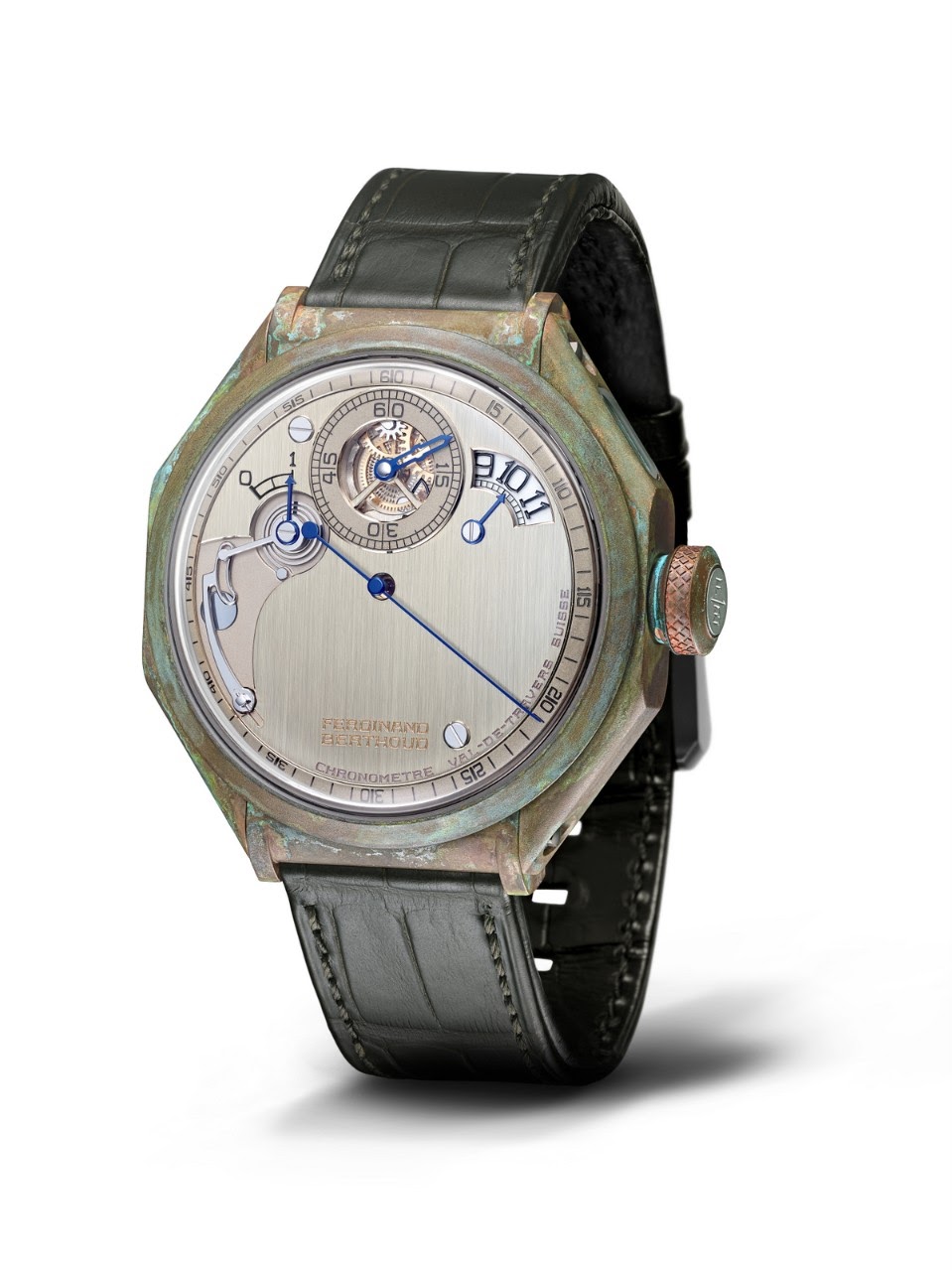
BaselWorld 2018: Ferdinand Berthoud FB 1R - Edition 1785
KIH


CHRONOMÈTRE FB 1R - EDITION 1785
A COMPENDIUM OF HOROLOGICAL AND MARITIME HISTORY

Three years after the launch of its first chronometer with tourbillon and fusee and chain constant-force transmission, Chronométrie Ferdinand Berthoud is announcing the launch of the 1785 edition, comprising five unique interpretations of the FB 1R chronometer. They will all be crafted from bronze and feature a different artistic patina. This 1785 edition honours the most important expedition in French naval history, that of the Astrolabe and Boussole frigates. Commanded by the Count of Lapérouse, they had sailed with five Marine Chronometers on board, made by Ferdinand Berthoud, Clockmaker and Mechanic by appointment to the French King and Navy. The bronze of the 1785 edition recalls that of period marine instruments. Adopting a modern take on the work of the master horologist, Chronométrie Ferdinand Berthoud offers a series of five timepieces endowed with peerless exclusivity. They stem from a passionate approach and as ever convey a commitment to eminently demanding quality standards.
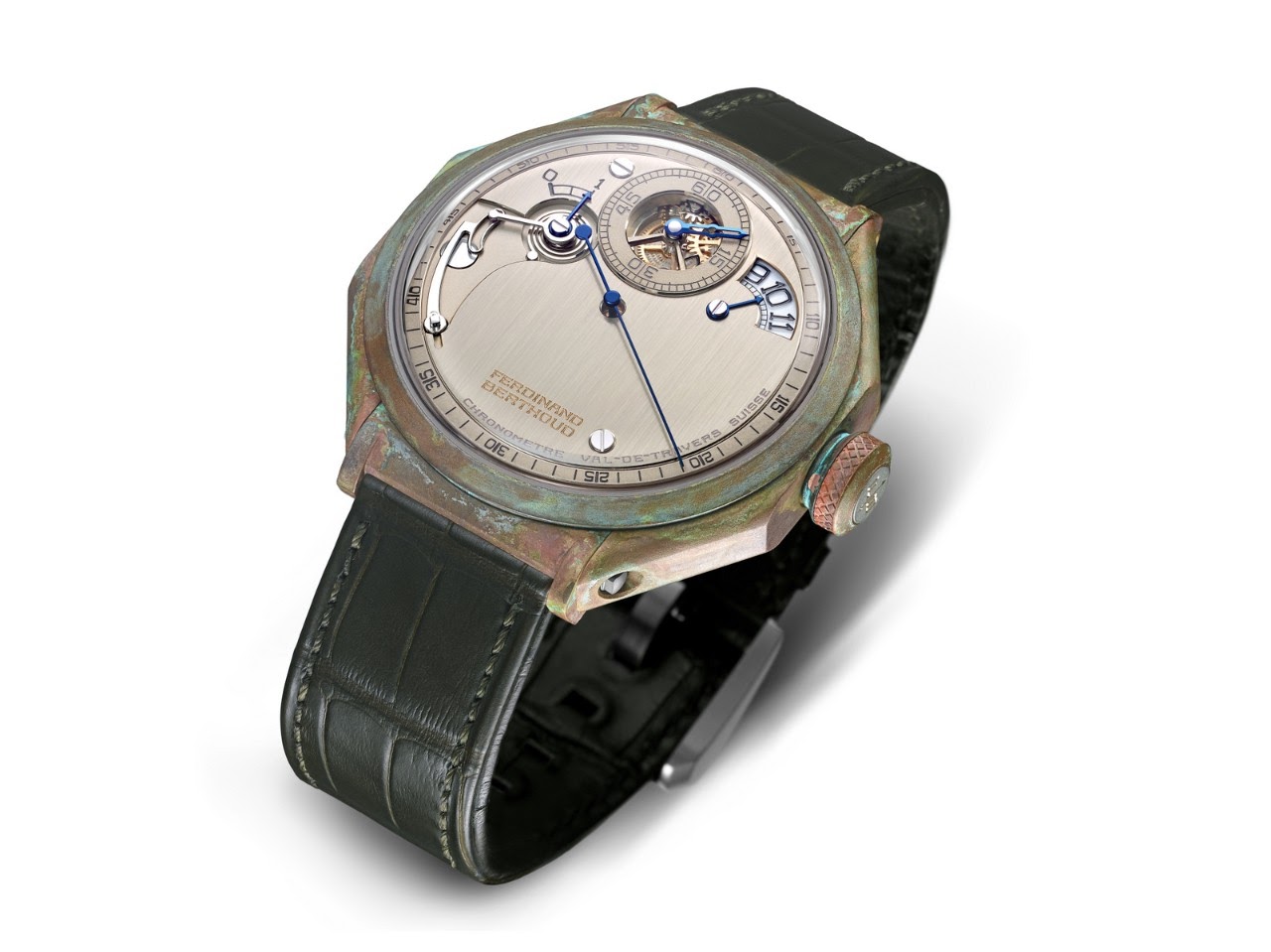
A new interpretation of the Chronomètre FB 1R presented at the SIHH 2018, the 1785 edition is a series of five bronze watches – each of which is truly unique due to the use of various artistic patinas – embodying a double homage. The first tribute is paid to Ferdinand Berthoud’s Marine Clock no 7, a major source of technical and aesthetic inspiration for this regulator-type model.
The second is embedded in the name of the 1785 edition. It harks back to the famous exploratory round-the-world voyage undertaken by Lapérouse between 1785 and 1788. The presence of bronze, its unique patina, as well as calibre FB-T.FC.R-2, are all reminders of the instruments used for measuring time at sea. Marine chronometers and sextants were the only means of calculating longitude and thereby represented decisive factors in the success of their respective expeditions.
By transposing the quest for excellence pursued by the master Clockmaker and Mechanic by appoint to the French King and Navy into contemporary language, Chronométrie Ferdinand Berthoud is highlighting the progress of science, of time measurement and of world knowledge.
A PHILOSOPHICAL APPROACH
All the timepieces produced by Chronométrie Ferdinand Berthoud result from an innovative watchmaking approach. The design, movement and finishing – and indeed everything composing this chronometer with tourbillon and constant force – is exclusive to this model and corresponds to an uncompromising pursuit of excellence. Chronométrie Ferdinand Berthoud is indeed driven by the vision of its President, Karl-Friedrich Scheufele. The latter has patiently built up an important collection of objects relating to time measurement within the L.U.CEUM museum in Fleurier, including a significant number of works by Ferdinand Berthoud.
To honour this native of the Val-de-Travers to which it owes its name, Chronométrie Ferdinand Berthoud can rely on a dedicated team, a specific development process as well as authentic expertise encompassing a wide range of skills. In the case of the 1785 edition, the technical inspiration stems directly from the research undertaken by Ferdinand Berthoud on his Marine Clock No 7. The latter unites a number of solutions that improved the operational principles of its longitude watches. Among other aspects, its display went against the usual rules governing regulators – which allocated a different place on the dial to the hours, minutes and seconds – by using a large direct-drive seconds hand.
CONQUERING THE PACIFIC
Jean-François de Galaup, count de Lapérouse made his name in French history as one of the nation’s most illustrious explorers. His navigational and leadership talents, along with his considerable experience, led Louis XVI to entrust him with the boldest campaign of maritime exploration France had ever undertaken. On August 1st 1785, he sailed from Brest with two frigates, L’Astrolabe and La Boussole. Aboard them were 220 officers, scholars and sailors. Lapérouse took the helm of the Boussole and entrusted the Astrolabe to his second in command, the brilliant officer and navigator Paul-Antoine Fleuriot, Viscount of Langle.
The purpose of this expedition was to circle the globe in order to complete its cartography and to pursue exploration of the Pacific Ocean. The two ships were equipped with the finest measurement and observational instruments of the era, including five marine chronometers by Ferdinand Berthoud, Clockmaker and Mechanic by appointment to the French King and Navy since 1770. During the two and half years of this voyage, Lapérouse and his men crossed the North and South Atlantic, rounded Cape Horn and sailed up to Alaska via Hawaii. They then crossed the world’s widest ocean to reach Macao, travelling up the Chinese coast before heading towards the South Pacific via the Tonga Islands. A few months after a stopover in Australia, in March 1788, they vanished somewhere between the Salomon Islands and the Vanuatu archipelago.
Subsequently, several expeditions launched to seek out Lapérouse’s ships came across traces of the shipwreck. They discovered that the Astrolabe had foundered on the Vanikoro Islands in the Santa Cruz archipelago, while the Boussole had sunk. A few members of the crew survived the double shipwreck. Among other objects found in Vanikora, a sextant was unearthed in 2005, oxidised yet intact after 217 years. Crafted in bronze, this fundamental navigating instrument inspired the patina colours of the 1785 edition.
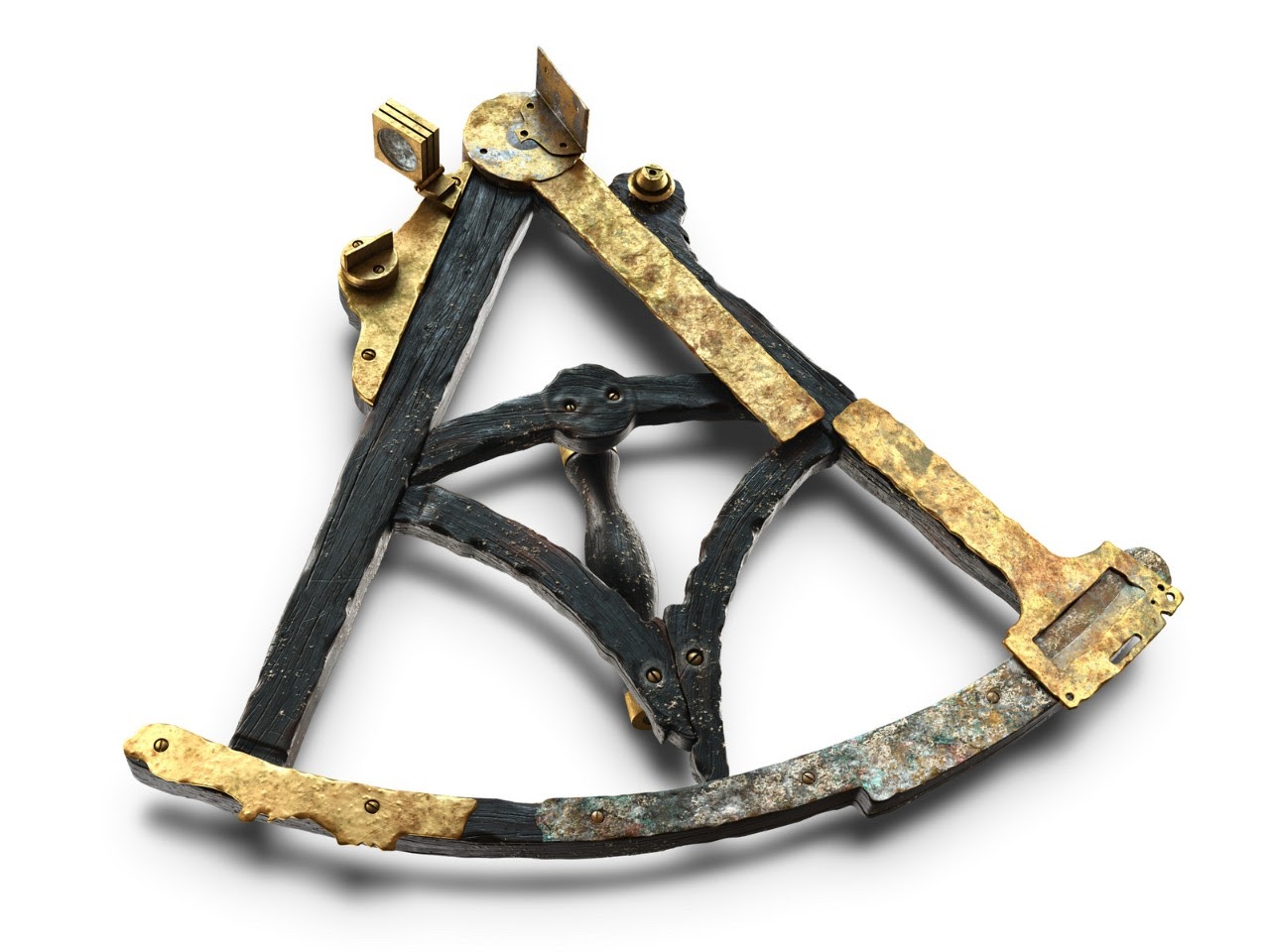
NEW EVOLVED CASE VERSION
The FB 1R chronometers in the 1785 edition measure 44 mm in diameter and less than 14 mm thick. The beadblasted case is entirely made of bronze, an alloy chosen for its capacity to acquire a distinctive patina. The five regulator models, numbered Fb 1R.5-1 and FB 1R.5-5, all feature a different colour. This is because each of the de facto unique patinas of these models has been made using a distinct formula, chosen after dozens of trials and tests. The aim was to achieve the desired shades while ensuring their dermo-compatibility in compliance with the REACH regulations of the European Union.
The case features two bronze side shafts in bronze that endow it with a characteristic octagonal shape. The sides bear two portholes at 2 and 11 o’clock, providing a chance to admire the fusee and chain mechanism in action. These two openings are complemented by the glareproofed sapphire crystal case-back affording a pleasing glimpse of the movement finishing. The knurled bronze crown featuring a titanium medallion ensures smooth and easy winding of the movement. The latter is endowed with a 53-hour power reserve.
AN EXCEPTIONAL REGULATOR
The chronometers of the 1785 edition are resolutely different to existing regulator-type displays. They feature a mostly solid dial, which is in fact the reverse side of the regulator-display complication plate.
The latter is made of nickel silver, vertically satin-brushed by hand, and feature three small openings. The first provides a reading of the dragging seconds, offset at 2 o’clock. They are displayed on a glareproofed sapphire disc with transfer-printed Arabic numerals, which stand out clearly against the white background. The second reveals an unusual power-reserve display mechanism, highlighted by a wide dial cut-out showing part of the finely sandblasted baseplate.
The third opening is located in the centre of the 12 o’clock minutes counter. Finely chamfered, beadblasted and adorned with gilded chamfers, the central opening provides a fascinating view of the gear train with its hand-engraved pyramid-motif decoration. The latter is inspired by that of a skeletonised astronomical clock by Ferdinand Berthoud that belongs to the L.U.CEUM collection. The seconds appear around the rim of the dial, on a beadblasted and chamfered nickel silver inner bezel ring.
Finally, the nature and origin of the chronometers composing the 1785 edition are flaunted on the large dial, engraved with the inscription “Chronomètre Val-de-Travers Suisses”. More than a mere signature or an appellation of origin, this is a proudly proclaimed affirmation of identity.
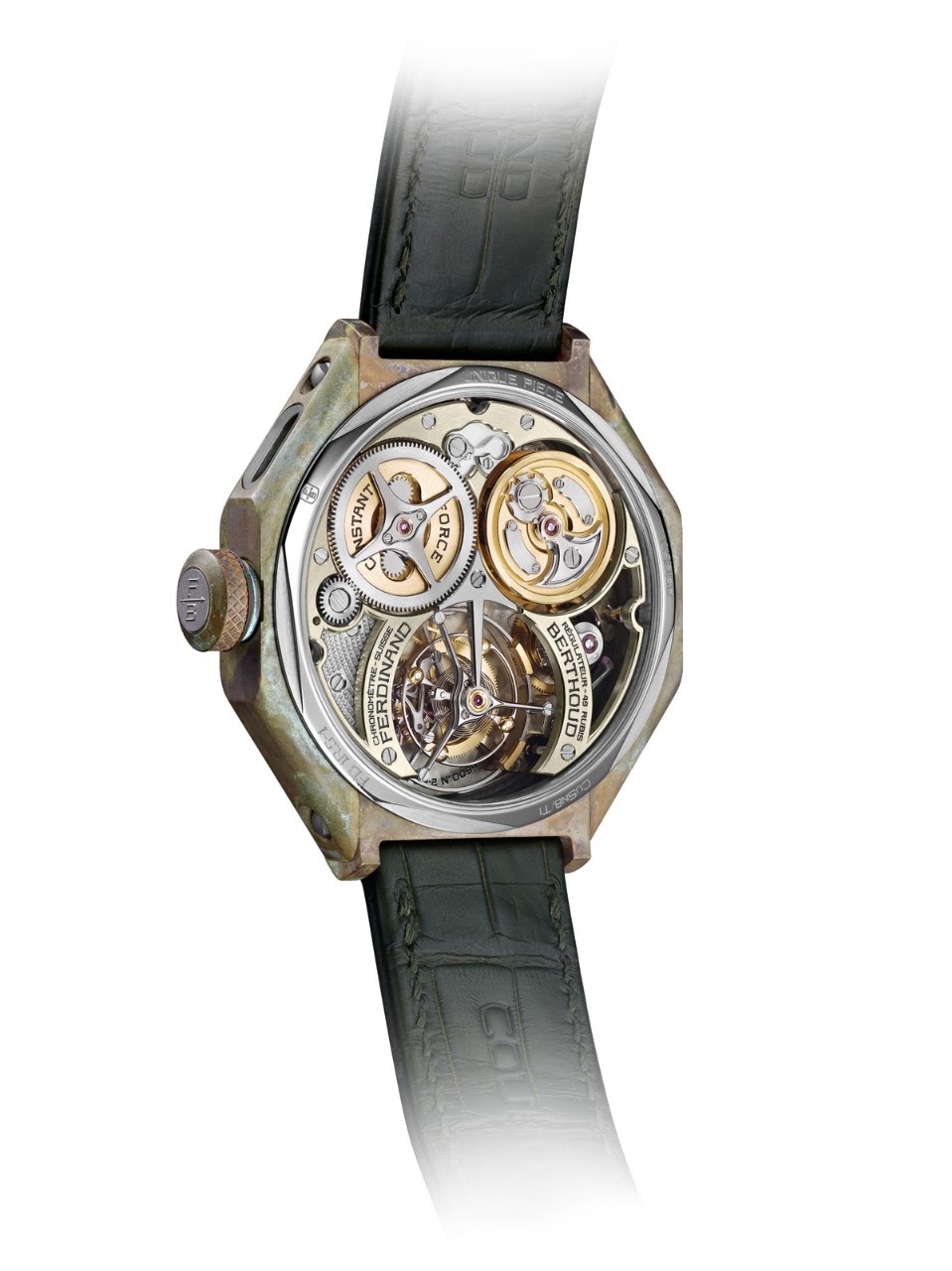
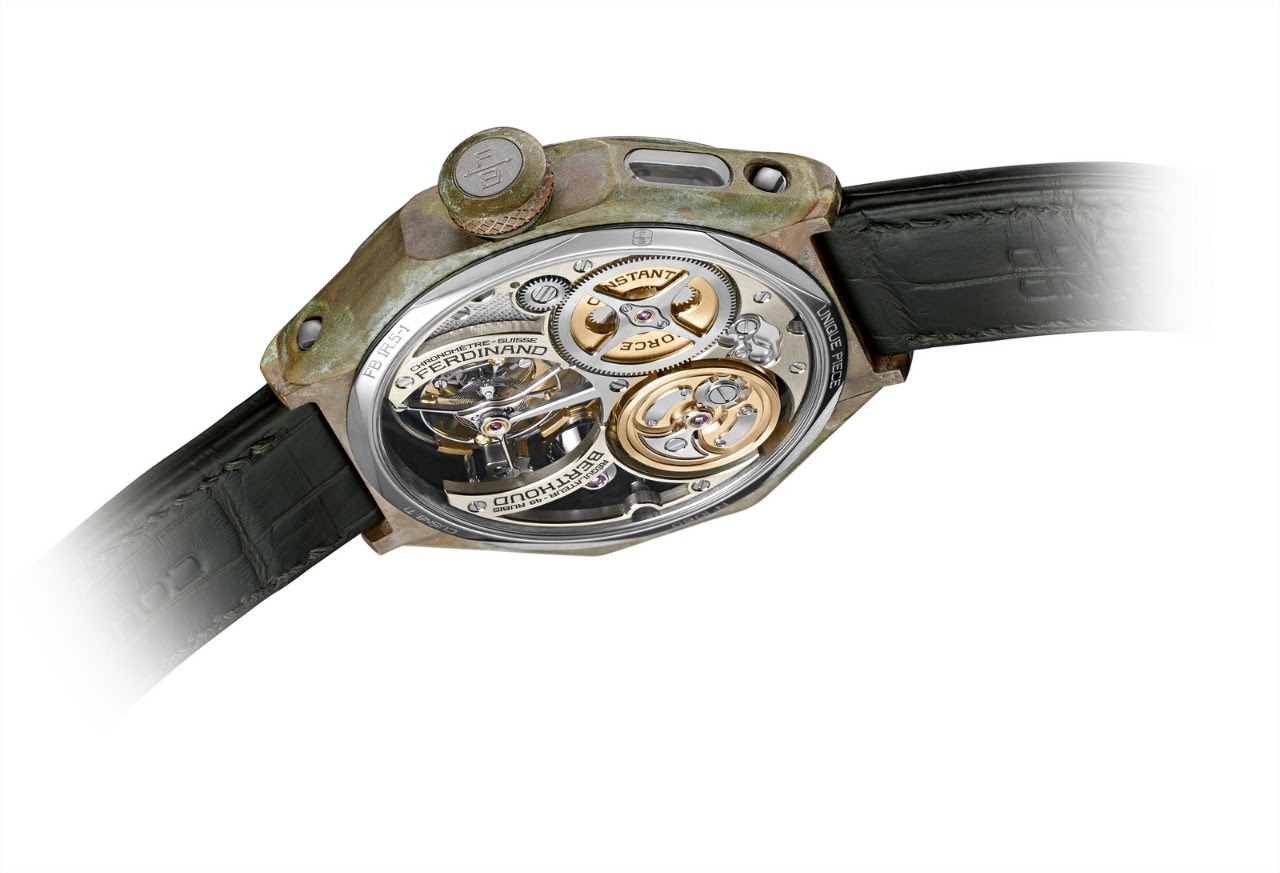
SUSPENDED MOBILE CONE AND SPIRAL-SPRING POWER RESERVE
A patent has been filed for the highly sophisticated device serving to indicate the power reserve. Visible through an openworked half-bridge on the case-back side, a truncated cone moves up and down along a worm screw-type arbor attached to the barrel. A mobile arm topped by a roller acts as a feeler spindle and its position on the cone reflects the barrel’s state-of-wind.
The feeler-spindle transmits the information regarding the quantity of energy stored in the barrel to a set of finely chamfered and rhodium-plated levers visible through a cut-out in the regulator-display plate. A spiral-shaped spring at the end of its travel exerts pressure on the base of the power-reserve hand. This spring serves to reduce the play between the various components of this mechanism and to display power reserve with peerless precision. This ingenious mechanism reflects the experimental mindset of Ferdinand Berthoud himself, who revelled in exploring solutions well off the beaten track.
TWO-FOLD APPROACH TO CHRONOMETRY
Calibre FB-T.FC.R-2 is one of the rare movements to feature a fusee and chain transmission system, the oldest solution for ensuring a constant-force supply of energy to the escapement. It acts like an automatic reduction gear box, since the torque delivered by the barrel varies according to the state-of-wind.
When the movement is fully wound, the chain is entirely wrapped around the small end of the spindle-shaped fusee and the mainspring is at maximum power. This force dwindles over time and the chain coils around the drum, transitioning from the narrow to the broad end of the fusee. The varying diameter of the fusee compensates for the reduction in mainspring torque. The escapement thus receives a constant supply of energy, thereby equalling out the amplitude of the balance wheel and improving the movement’s precision.
The latter also stems from the tourbillon. Visible on the case-back side only, it comprises 67 parts housed in a 16.5 mm-diameter titanium carriage – itself fixed to a perfectly polished and hand-chamfered arrow-shaped steel arch. To counteract the unbalance of the escapement, two gilded nickel silver poising weights equal out the masses of this large carriage. The tourbillon itself does not indicate the seconds, since the chronometers of the 1785 edition feature a tourbillon with an extremely long and slender gilded bronze seconds hand which glides with remarkable precision and stability.
Together, these two outstanding horological systems, interpreted in accordance with the best practices, endow calibre FB-T.FC.R-2 with chronometer status, a title awarded by the Swiss Official Chronometer Testing Institute (COSC).
NOBLE MATERIALS AND SURFACES
The bridges of calibre FB-T.FC.R-2 are made from non-treated nickel silver. This copper, zinc and nickel alloy can be polished to an exceptional sheen, yet remains extremely fragile and any imperfection is irreparable. Nickel silver is also distinguished by its warm grey colour greatly appreciated by connoisseurs. It sits particularly well with bronze, a material used for the first time by Chronométrie Ferdinand Berthoud, yet firmly anchored in the history of both watchmaking and navigation. Despite its tendency to become oxidised, it has a firmly established place among the materials suitable to horology. Its inherent nobility stems from usage that dates back to prehistorical times.
The arrow-shaped steel tourbillon bridge is decorated with meticulous care. The upper surface is mirror-polished, the sides are straight-grained and the angles are polished. All components of the titanium tourbillon carriage are entirely chamfered. The power-reserve cone is mirror-polished. The two bridges framing the tourbillon are openworked. The chain, composed of 790 steel parts and measuring 285 cm long, is entirely hand-finished. The sides and stud-pins are satin-brushed, while the flat surfaces are polished.
HIGH-PRECISION TOUCH
The finishing operations on the components, whatever their place or function, are done manually by Chronométrie Ferdinand Berthoud using traditional tools. The quality control of this finishing is conducted under a degree of magnification far higher than usual in the watch industry: a 6x loupe. At this level, not even the slightest detail could go unnoticed. No flaw, imperfection or inadequacy is tolerated. Such is the reality of the horological excellence cherished by Ferdinand Berthoud, chronometer-maker for the explorers. This respect for watchmaking tradition as expressed in a modern manner through Ferdinand Berthoud chronometers will remain at the core of future developments from the Maison.
EDITION OF FIVE ONE-OF-A-KIND MODELS IN PATINATED BRONZE
CASE
• Octagonal case in patinated bronze, featuring two transparent sapphire portholes
Total diameter . . . . . . . . . . . . . . . . . . . . . . . . . . . . . . . . . 44 mm
Thickness . . . . . . . . . . . . . . . . . . . . . . . . . . . . . . . . . . . . .13.95 mm
Water resistance . . . . . . . . . . . . . . . . . . . . . . . . . . . . . . . .30 metres
Crown diameter . . . . . . . . . . . . . . . . . . . . . . . . . . 9 mm
Numbered edition . . . . . . . . . . . . . . . . . . . . . . . . . . . . . . . FB 1R.5-1 to FB 1R.5-5
• Five different types of patina featuring varying degrees of oxidisation and colours
• Dynamometric crown (uncoupling system) in patinated bronze, with beadblasted titanium medallion
• Screw-in titanium case-back fitted with a glareproofed sapphire pane
• Domed flat-topped sapphire crystal glareproofed on both sides
DIAL
• Regulator-display plate (dial) in hand satin-brushed natural nickel silver
• Hours indication on a sapphire disc at 2 o’clock
• Minutes subdial at 12 o’clock, openworked and beadblasted, gilded chamfers, black Arabic numerals
• Beadblasted nickel silver flat inner bezel ring seconds display
• Power-reserve indication at 10 o’clock engraved on the regulator plate from “0_1”
• Inscription: “CHRONOMÈTRE VAL-DE-TRAVERS SUISSE”
HANDS
• Sword-shaped minutes hand in 18-carat gold blued, facetted and openworked
• Hours index in blued steel
• Power-reserve hand shaped like a blued steel arrow
• Blued bronze central sweep-seconds hand
STRAP AND BUCKLE
• Rolled-edge hand-sewn patinated chestnut brown alligator leather made from a single swathe of leather (115 x 75 mm, buckle 20 mm) – Various sizes available on request
• Titanium pin buckle
INDICATIONS
• Disc-type hours display at 2 o’clock, pointer-type minutes indication at 12 o’clock, central seconds, power-reserve appearing at 10 o’clock
MOVEMENT
Mechanical hand-wound . . . . . . . . . . . . . . . . . Calibre FB-T.FC.R-2
Diameter . . . . . . . . . . . . . . . . . . . . . . . . . . . . . . . . . 35.50 mm
Thickness . . . . . . . . . . . . . . . . . . . . . . . . . . . . . . . . . 9.89 mm
Lignes . . . . . . . . . . . . . . . . . . . . . . . . . . . . . . . . . . . 15 ¾
Jewels . . . . . . . . . . . . . . . . . . . . . . . . . . . . . . . . . . . 49
Frequency . . . . . . . . . . . . . . . . . . . . . . . . . . . . . . . . . 21,600 vph (3 Hz)
Power reserve . . . . . . . . . . . . . . . . . . . . . . . . . . . 53 hours
TECHNICAL CHARACTERISTICS
• Tourbillon with fusee and chain (constant force) transmission
Suspended fusee – winding differential system (PATENT)
Suspended barrel – Maltese cross stopwork system (PATENT)
Suspended power reserve – mobile cone system (PATENT)
Direct-drive tourbillon seconds hand (PATENT)
• Regulator-type display
• Lever and spiral spring-type power-reserve indicator
• Variable-inertia balance incorporating four weights in rhodium-plated nickel silver
• Balance-spring with hand-crafted Phillips terminal curve (steel)
• Swiss lever escapement
• Openworked and engraved nickel silver half-bridges, fitted on stylised polished titanium pillars
• Hand finishing in accordance with the highest watch industry standards
Components . . . . . . . . . . . . . . . . . . . . . . . . . . . . . . . .1,158 (including the chain)
Chain . . . . . . . . . . . . . . . . . . . . . . . . . . . . . . . . . . . . 790 parts
Chain length. . . . . . . . . . . . . ….. . . . . . . . . . . . .285 mm
Half-bridges . . . . . . . . . . . . . . . . . . . . . . . . . . . . . . . . .18
Pillars . . . . . . . . . . . . . . . . . . . . . . . . . . . . . . . . . . . . . 6
Tourbillon
Rotation . . . . . . . . . . . . . . . . . . . . . . . . . . . . . . . . . . 1 /minute
Components . . . . . . . . . . . . . . . . . . . . . . . . . . . . . . . .67
Tourbillon carriage . . . . . . . . . . . . . . . . . . . . . . . . . . . Ø 16.55 mm (titanium)
Tourbillon carriage fitted on . . . . . . . . . . . .. . . . . . . . . 3 polished titanium pillars
Tourbillon carriage balanced by. . . . . . . . . . . . . . . . . 2 gilded nickel silver poising weights
Balance wheel. . . . . . . . . . . . . . . . . . . . . . . . . . . . . Ø 12 mm (copper-beryllium)
Officially chronometer-certified by the COSC
Comments:


MTF March 22nd, 2018-09:15
Not yet revealed BUT a good guess Horology75, The previous Ferdinand Berthoud Regulator FB 1R.6-1 in carbonised hardened steel was $241,500. So, we can make an educated guess of the pricing for a bronze edition.... Regards, MTF

MTF March 22nd, 2018-10:55
Price revealed: CHF 241,500 (actual) or $254,000 (estimated) plus taxes. (nt) nt

Horology75 March 23rd, 2018-04:02
Thanks MTF! Not my budget or alley! Appreciate the effort though kind sir!

Alkiro1 March 22nd, 2018-07:56
Not particularly thrilled by this bronze case here 😕 Best wishes Alkiro

MTF March 22nd, 2018-09:23
You need to see the other four variants alkiro, A famous horology executive once told me that he wants his designs to elicit three responses in equal measure. Otherwise, his designs would be boring. One third should Love it. One third shout Hate it. One third should be Undecided so he can have ...

Alkiro1 March 22nd, 2018-09:39
This bronze case is without any doubt the one I like the less Best wishes Alkiro

MTF March 22nd, 2018-09:45
Great! It's not boring, then. Have you seen the other patterns? Or does it not matter what the patterns are? You just don't like this case in bronze. Regards, MTF

Alkiro1 March 22nd, 2018-09:58
I can answer both 😊 Of course, it’s always in picture (I missed the SIHH FB booth this year unfortunately) but I really don’t like the bronze case. It doesn’t work here for me (at least with this patina) To be honest, the brushed “dial” is superb while the bronze case patina is ugly (at least for my personal taste). Both don’t work together here for me. Best wishes Alkiro

Gelato Monster March 23rd, 2018-18:20
It is not pretty But it has the most character out of all. Honestly I think the FB1R 1785 is my favorite bronze watch. Its a perfect harmony of runic patina and technical uniqueness
0-10-10
Load More Comments
Next Article

MTF


A Surprise from Chopard, A Celebration, and A Rare Interview with Caroline
MTF


Chopard 2018 Happy Sport 25th Anniversary watches 2018 Happy Sport 30mm Automatic (c) M.Teillol-Foo Last week, Chopard previewed the 2018 Happy Sport Collection with a happy surprise. Their flagship watch collection revealed a new, small, dedicated, mechanical movement designed for ladies' watches to celebrate the 25th Anniversary of the Happy Sport watch. Read the discussion forum on PuristSPro website CLICK HERE . A Brief History of CHOPARD Time and Jewels part 9: Caroline Scheufele - Early Years [CLICK] ...
© 2017 - WatchProZine